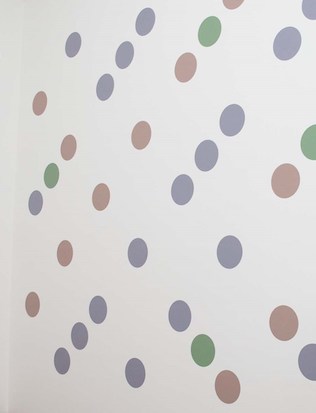Bridget Riley was once the Angry Young Woman of British art. She came to fame in the early 1960s as the creator of a new and aggressively stark form of painting: destabilised diagrams in dizzying monochrome arrangements that jumped and danced before the eye. So different were they to the prevailing modes of abstract art that a whole new term – Op Art – had to be invented to contain their seething energies. Leading painters of the New York School, including Ad Reinhardt, professed an admiration for the work of this previously unknown young woman. There was even a brief fashion craze for all things Riley, with models strutting on catwalks wearing dresses designed – much to the artist’s own dismay – in homage to her work.
More than half a century later she is now, in theory, a Grand Old Lady, although she hardly acts the part. Despite having celebrated her eighty-eighth birthday just a few months ago she shows few signs of slowing down and has arguably never had a busier year than this one. As well as putting together two showings of a substantial retrospective, one at the Scottish National Gallery in Edinburgh, the other at the Hayward Gallery in London, she has also completed a major commission for the National Gallery: a large wall painting entitled Messengers which will remain a permanent feature on the stairway of the Annenberg Court.
I spent a day with her on site last spring in London as that project was nearing completion and was impressed by her formidable energy, as she climbed not one but several steep ladders to join her small army of assistants at the top of a three-storey scaffold. Once there, she directed operations with a steely attention to detail. Riley plans her work meticulously...


